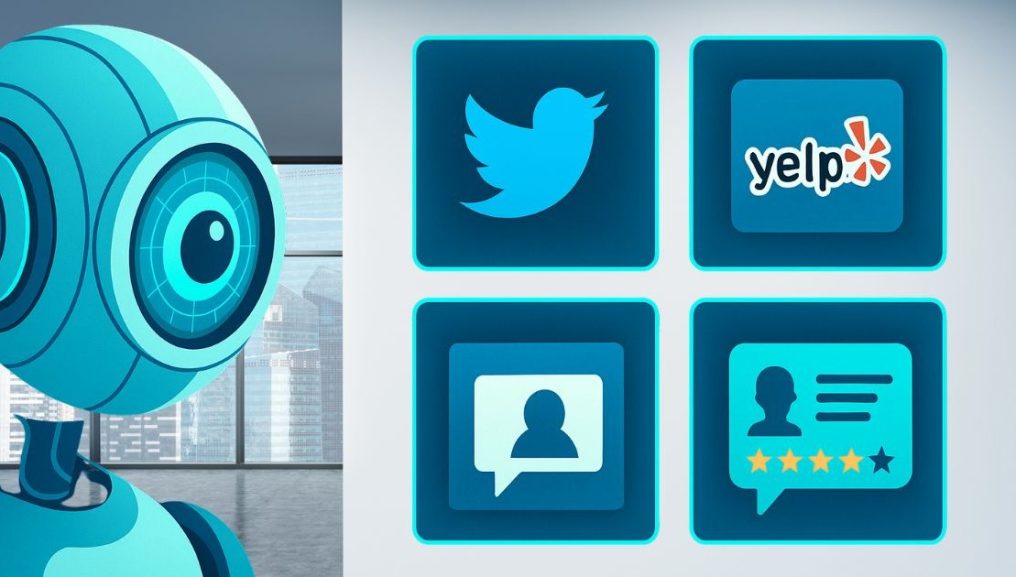Your brand’s reputation is everything; AI can ensure it stays secure By Adam Mohrbacher It will probably come as no surprise that Abraham Lincoln, famously known as “Honest Abe,” once said, “Reputation is like fine china: Once broken it’s very hard to repair.” Although Lincoln lived in the 19th century, his words have never been more relevant to how we …
Advertising vs. Public Relations
When you or your clients see information about a product or service, do you know if the information is provided as advertising, or is it considered public relations? Knowing the differences can help you decide what might work best in your marketing efforts. Advertising Advertising is described as a paid, non-personal, one-way public communication that draws public communication towards a …




